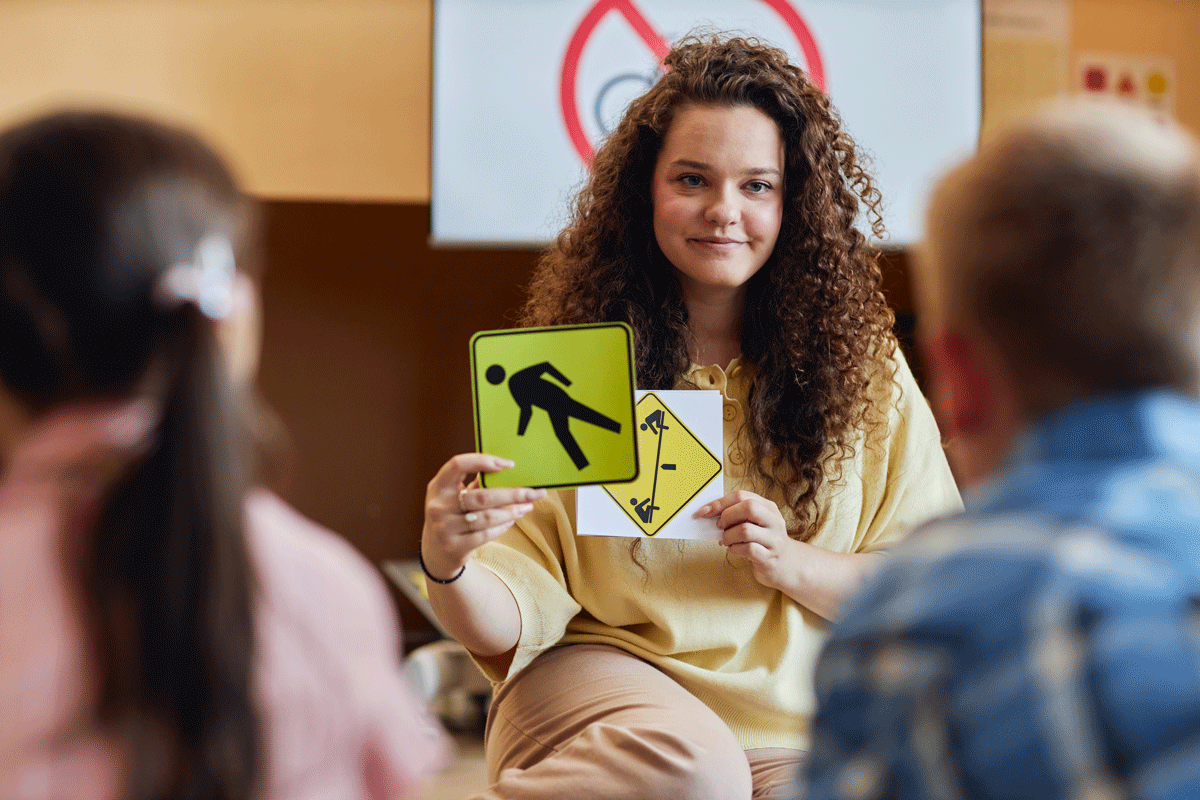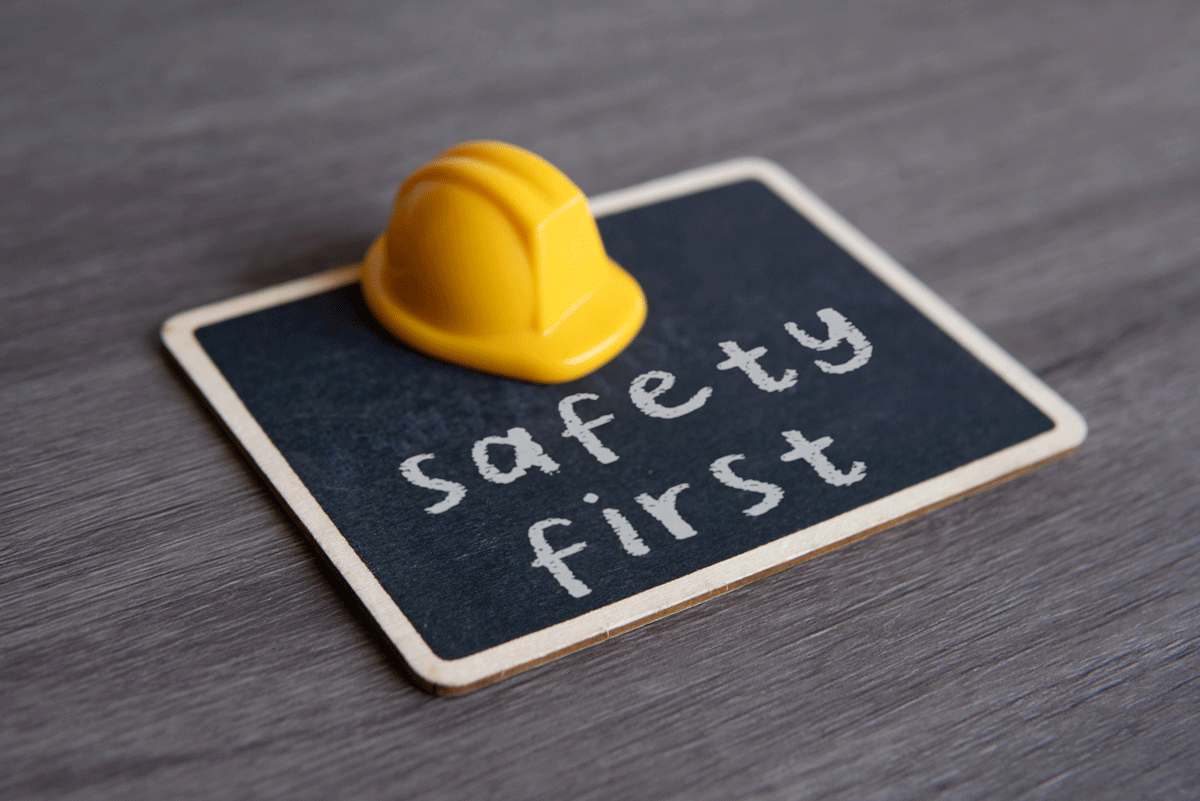
Blog

How to Make SMART Personal Safety Choices in Daily Life
By Safety Chicks– Safety Training and Equipment
Personal safety is something we all value, yet it often takes a backseat to the demands and distractions of everyday life. The truth is, you don’t need to live in constant fear to stay safe, you simply need to make SMART choices. By being Strategic, Mindful, Aware, Ready, and Trained, you can navigate life with confidence, knowing that you’re prepared for whatever comes your way.
This isn’t about overhauling your entire lifestyle overnight. It’s about making small, intentional decisions that add up to a stronger sense of security. Let’s dive into how you can integrate SMART safety choices into your everyday routine.
Strategic: Plan Ahead, Don’t React Late
Being strategic is about thinking ahead. It means anticipating potential risks and putting yourself in the best possible position to avoid them. For example, if you’re heading to a new location, take a few minutes to research the area. Know where you’re going, how you’re getting there, and what your backup options are if things change.
Planning isn’t about expecting danger at every turn, it’s about empowering yourself with knowledge and options. Share your plans with a trusted friend, especially if you’re meeting someone new or traveling alone. Map out your route. Identify safe spots like cafes or stores you can duck into if needed.
Strategic safety is also about avoiding risky situations when possible. For instance, choose well-lit parking lots, avoid shortcuts through isolated areas, and trust your instincts if something doesn’t feel right.
Strategic thinking also includes safety in social settings. Know your transportation plans ahead of time. If you’re drinking, arrange for a sober driver or rideshare. Avoid leaving your drink unattended, and be mindful of people you don’t know well. Have an exit strategy, even if you think you won’t need it.
Mindful: Be Present and Intentional
Mindfulness is more than a buzzword. It’s a critical safety skill. Being mindful means staying in the moment and paying attention to your surroundings and your own behavior.
When walking, avoid distractions like texting or loud music. If you’re at a party, stay mindful of your drink and your company. Know your limits and don’t be afraid to excuse yourself if something doesn’t feel right.
Mindfulness also applies to your emotional state. Are you feeling tired, stressed, or rushed? These states can cloud judgment. Taking a moment to center yourself, breathe, and focus can help you make better, safer decisions.
Mindful behavior can extend to commuting, travel, exercise routines, and more. While jogging, stay alert—avoid secluded paths, use one earbud instead of two, and stay visible. If you’re using public transit, avoid falling asleep, keep your belongings close, and remain aware of those around you.
Being mindful is about owning your environment and your energy. When you’re tuned in to what’s around you, you’re better able to recognize and respond to potential threats.

Aware: Know What’s Going On Around You
Awareness is your first line of defense. When you’re aware, you notice details others might miss. You’re less likely to be surprised or caught off guard.
Being aware means scanning your environment regularly, making eye contact with people, and recognizing exits or safe areas. It’s about understanding the flow of a situation and sensing when something is out of place.
Practice awareness in everyday moments while shopping, walking your dog, commuting. It’s a habit that builds over time, and the more you do it, the more natural it becomes.
Awareness also applies to situational changes. Maybe you notice someone loitering near your car or following you down a street. Awareness helps you detect these signals early and take action. It could be crossing the street, entering a store, or calling someone.
Awareness empowers you to control the situation before it controls you.
Ready: Have Tools and Plans in Place
Readiness is about being prepared, both mentally and physically. Carry safety tools that suit your lifestyle like a whistle, personal alarm, or pepper spray. Know how to use them.
Equally important is having a mental plan. What will you do if someone follows you? What if you feel unsafe at a gathering? Think through scenarios and decide how you’d respond. Having a plan helps you stay calm and act quickly if needed.
Ready also means having important contacts on speed dial, knowing emergency numbers, and staying connected. Little things like a charged phone or a portable charger can make a big difference.
Being ready also includes vehicle safety. Keep your car maintained, gas tank above a quarter full, and emergency supplies (like a flashlight, blanket, and first aid kit) in the trunk. If something goes wrong, you’re not scrambling, you’re prepared.
Trained: Build Skills and Confidence
Training is about investing in yourself. Take a self-defense class, learn basic first aid, or read up on personal safety strategies. Training builds confidence, and confidence is a deterrent to threats.
When you’re trained, you move through the world differently. You’re not just hoping for safety, you’re actively creating it.
Training doesn’t have to be formal. Practice being assertive, setting boundaries, and saying “no.” These are powerful skills that reinforce your personal safety.
Training could also include digital safety skills: recognizing phishing scams, using privacy settings on social media, managing online accounts with strong passwords and two-factor authentication. Your digital life needs protection, too.

Everyday Scenarios to Practice SMART Choices
Let’s explore how SMART choices play out in daily life:
Scenario 1: Going for a Run
- Strategic: Choose a familiar, well-lit route and tell someone where you’re going.
- Mindful: Stay in the moment and notice who’s around, avoid dark alleys.
- Aware: One earbud only, head up, scanning the environment.
- Ready: Carry a whistle or alarm, phone charged.
- Trained: Know what to do if approached or followed.
Scenario 2: Attending a Party
- Strategic: Go with friends, plan a ride home.
- Mindful: Watch your drink, know your limits.
- Aware: Pay attention to people’s behavior.
- Ready: Have a code word with friends if you want to leave.
- Trained: Practice saying “No” firmly and confidently.
Scenario 3: Online Interaction
- Strategic: Limit personal info, don’t overshare.
- Mindful: Be cautious of new friend requests.
- Aware: Spot red flags like pushy behavior.
- Ready: Report or block users; protect accounts.
- Trained: Recognize phishing and scams.
Community and Safety Culture
SMART choices become stronger when shared. Encourage friends and family to adopt these habits. Discuss safety openly. Create a safety culture where looking out for each other is normal.
Communities that focus on safety are more resilient. From neighborhood watch groups to safety apps that connect friends, there are countless ways to build networks that prioritize protection.
Final Thoughts: Safety as a Lifestyle
Personal safety is a journey. SMART choices are not a set of rigid rules, they are tools for freedom. The more you use them, the more natural they become.
Being Strategic, Mindful, Aware, Ready, and Trained means you’re not just existing, you’re thriving with confidence. Safety is not about restriction. It’s about freedom, control, and empowerment.
Choose to live SMART every day. Your safety, your rules.
FAQs:
1. What does SMART stand for in personal safety?
SMART stands for Strategic, Mindful, Aware, Ready, and Trained. It’s a proactive approach to staying safe by planning ahead, staying alert, being prepared, and having the right skills to respond to threats.
2. How can I apply SMART safety tips when going out alone?
Plan your route ahead of time (Strategic), stay off your phone (Mindful), watch your surroundings (Aware), carry a safety tool like a whistle or alarm (Ready), and practice assertiveness or take a self-defense class (Trained).
3. What are some tools I should carry for personal safety?
Essential safety tools include a personal alarm, pepper spray or gel, a flashlight, and a fully charged phone. These tools can help you deter threats and alert others in case of emergency.
4. How do SMART choices help with digital safety?
SMART choices help you manage your online presence by avoiding oversharing (Strategic), staying aware of phishing or scams (Aware), securing your accounts with strong passwords (Ready), and learning how to recognize online threats (Trained).
About the Author
Website- https://safetychicks.ca/
Email- safetychicks@mymts.net
Phone- +12047277233
Address- 730 Richmond Avenue East, Unit C, Brandon, Manitoba, R7A 7G9



